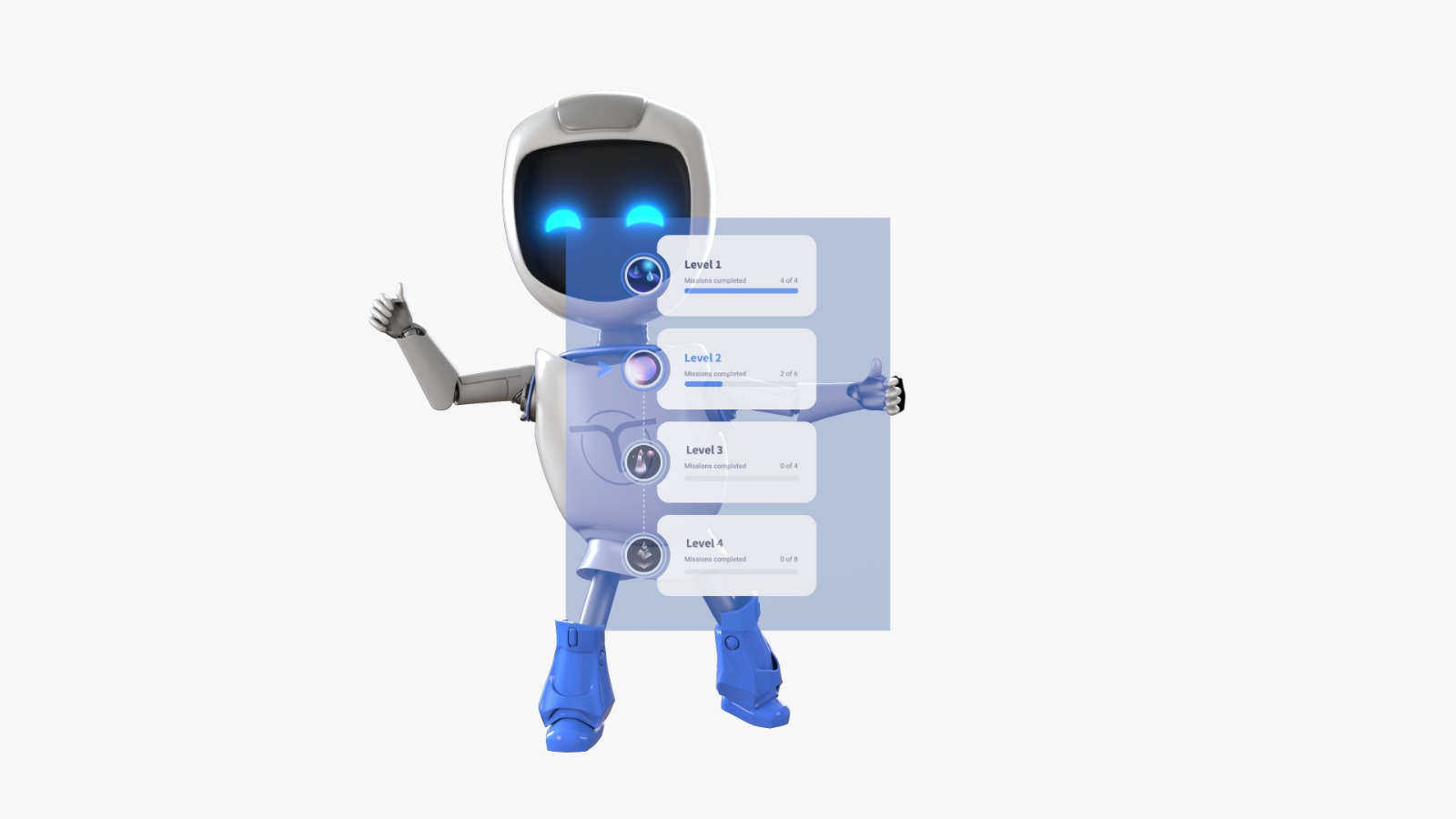It’s no secret that attention spans are changing. Employees now have more distractions than at any other point in human history – with no signs of slowing down. To give you an idea, Microsoft found that the average human attention span dropped from 12 seconds to 8 seconds over the past two decades. While these numbers certainly sound bleak for training programs, there is a solution to navigate the changes: a microlearning strategy.
Microlearning is one of the most effective ways to create behavioral change – and one that employers need to keep on their radar.
What is Microlearning’s Role in Behavioral Change?
Behavioral change requires a change in mindset and thought process – which involves altering a multitude of micro-behaviors. This isnt something that happens overnight or after a long seminar. Microlearning accommodates this by tapping into a cognitive science that leverages a proven retention-boosting methodology to break down concepts into smaller pieces.
A microlearning strategy works to drive behavioral change gradually by focusing on each attributing micro-behavior in short bursts. These “bursts” usually last around seven to ten minutes, rather than multi-hour sessions.
One of the biggest advantages of microlearning is it allows employees to master one micro-behavior at a time. With adequate spacing between lessons, employees are efficiently working to drive significant behavioral change – and maximizing every minute of their time.
The underlying goal of a microlearning strategy is to keep learners present in the material – as well as increase the chances of retention and application. This, in turn, is arguably the most efficient way to create behavioral change.
In this post, we want to dive deeper into the biggest microlearning benefits and how they may create behavioral change in an organization. Let’s get into it.
Breaks Down the “Big Picture”
Humans get distracted for many different reasons. Being overwhelmed is one of the most common ones.
We’ve all been there: You have a test coming up and you’ve got to review everything from the past semester. Scrolling social media for a few minutes or watching an episode on Netflix seems like a good way to de-escalate the stress. A microlearning strategy breaks this mold and makes the process more meaningful and engaging.
Changing workplace behaviors is no trivial task – and often requires big shifts in an employee’s mindset. The best employees exhibit a handful of common behaviors, including (but not limited to):
- Active listening
- Candor
- Adaptability
- Resilience
- Creativity
- Empathy
- Personal agility
- Self-awareness
Adopting these behaviors and skills is not something that can happen in an afternoon. More importantly, facilitating these changes in workplace behavior requires a great deal of emotional intelligence, reflection, and a deep understanding of how to drive action.
The best way to make a monumental behavioral change is with strong, concentrated baby steps. A microlearning strategy does this by going beyond the big picture.
For example, a big picture goal may be to make an employee more resilient in managing setbacks. Making this behavioral change as a whole may seem like a high mountain to climb. Microlearning strategies break down the journey into feasible chunks – or create manageable routes up the mountain, so to speak.
The goal is to zero in on the smaller details and make sure they are sinking in properly.
Targets Specific Behaviors to Change or Cultivate
Workplace behaviors are the result of many different micro behaviors. Micro behaviors are tiny, subconscious things we do and say that influence the people around us. These behaviors are crucial in how an organization creates employee engagement, boosts morale, as well as increases the productivity and quality of the work.
A microlearning strategy for ongoing professional development works to identify these and generate change – without overwhelming the employee. Let’s go back to our example of learning resilience in the workplace. On the surface, this sounds like a monumental personality change. If it’s being viewed like this, it is.
Microlearning strategies are about examining the attributing micro behaviors to understand the path for internal change. Here’s what a microlearning strategy might look like to usher in this behavioral shift:
Phase One: Analyze what it means to be resilient in the workplace.
Phase Two: Look at common examples of when resiliency is needed.
Phase Three: Learn strategies to become self-aware of negative and positive micro behaviors.
Phase Four: Developing internal strategies for managing stressful situations.
Phase Five: Understand how this behavioral change impacts the organization.
The most important ingredient in a microlearning strategy is context. Unlike a large, generalized textbook, microlearning puts the employee in a situation where learning can help them facilitate change. The lessons are specially designed around their daily scope of work – and how they can navigate common obstacles with their behavior.
Bonds Behaviors to Motivation
At the end of the day, microlearning strategies are about motivating people. This is one of the toughest tasks within organizations. According to behavioral psychologist BJ Fogg, humans ride “motivational waves”. In a nutshell, this means that what we are motivated by constantly changes.
The good news is these motivational waves can be predicted by certain triggers. These triggers are meant to open “motivational windows” within employees – sparking a willingness and excitement to learn.
Motivational windows can last a few minutes to a few months. For example, if an employee is preparing for a big meeting, they may be motivated for several hours to make sure they are ready. Or, maybe an employee has a motivational window of a few months as they take on a new role.
Organizations must be able to capitalize on motivational windows before they close. This is the best time to facilitate behavioral changes. Now, the margin for error is very thin here. A microlearning strategy is the best way to create an impact in these situations – without compromising motivation.
By serving up shorter learning experiences when a motivational window is open, organizations don’t have to force employees to engage with the material. Motivation can be the hardest part of sparking behavioral change. If organizations can strike while the iron is hot, they will likely see better results.
Over to You
The benefits of microlearning can revolutionize employee engagement. But knowing where to start – or how to make it work – is not always crystal clear. A microlearning strategy is not something that can be designed and implemented in an afternoon. This process requires a delicate approach and deep analysis of your organization.
Our mission is to make this process simple and achievable. Code of Talent’s award-winning microlearning platform is designed around today’s learning needs. The platform lets you create learning environments around employees’ needs, measure success, and integrate them into your digital ecosystem.
Have questions about facilitating behavioral change with microlearning? Get in touch with our team to learn more!





